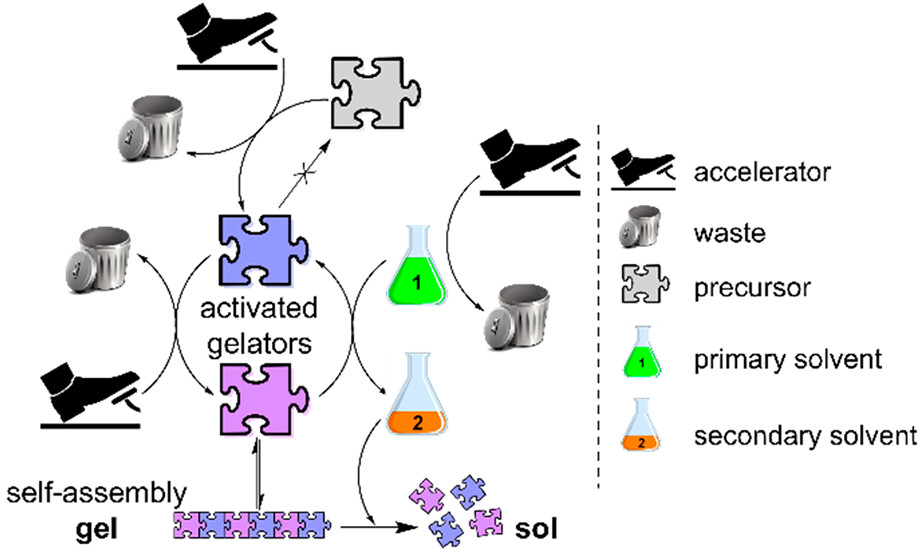
Kent and Jyväskylä Universities Unveil a Breakthrough in Biocompatible Material Design
In a collaboration between the University of Kent and the University of Jyväskylä, a team of researchers led by Maija Nissinen, including Mika Pettersson and Jen Hiscock (SISC), has introduced an innovative methodology in the realm of peptide gels. Published in Chemistry of Materials, their paper Solvent-Induced Transient Self-Assembly of Peptide Gels: Gelator–Solvent Reactions and Material Properties Correlation represents a significant advancement in the field of biomaterials.
This groundbreaking research explores the creation of transient organogels with mechanical properties that can be fine-tuned by matching the protective groups of the precursor to the solvent. The team developed solvent-induced transient materials wherein the solvent not only facilitates but also chemically participates in the gelation process. This novel approach involves the activation of a single precursor by an acid, termed the accelerator, which leads to the formation of two distinct gelators and induces gelation. An intriguing aspect of this process is the interconversion cycle, powered by the secondary solvent produced from the hydrolysis of the primary solvent by the accelerator, progressively solubilizing the gel network.
The researchers demonstrated a direct correlation between the mechanical and transient properties of the gels by modifying the chemical structure of the precursors and incorporating an accelerator. This method opens up new possibilities for designing self-abolishing and mechanically tunable materials tailored for specific applications. Particularly, the biocompatibility and versatility of amino acid-based gelators broaden the potential applications, offering a wide range of biomaterials that could revolutionize areas such as drug delivery platforms with controlled burst release or self-abolishing cell culture substrates.
This collaborative effort not only highlights the power of international partnerships in pushing scientific boundaries but also marks a significant step forward in the design of smart materials. The implications of this study are vast, offering promising new avenues for the development of advanced biomaterials with precise control over their lifetimes and mechanical properties.
For more information please read the research article by Jen Hiscock and co-workers, which can be found here.